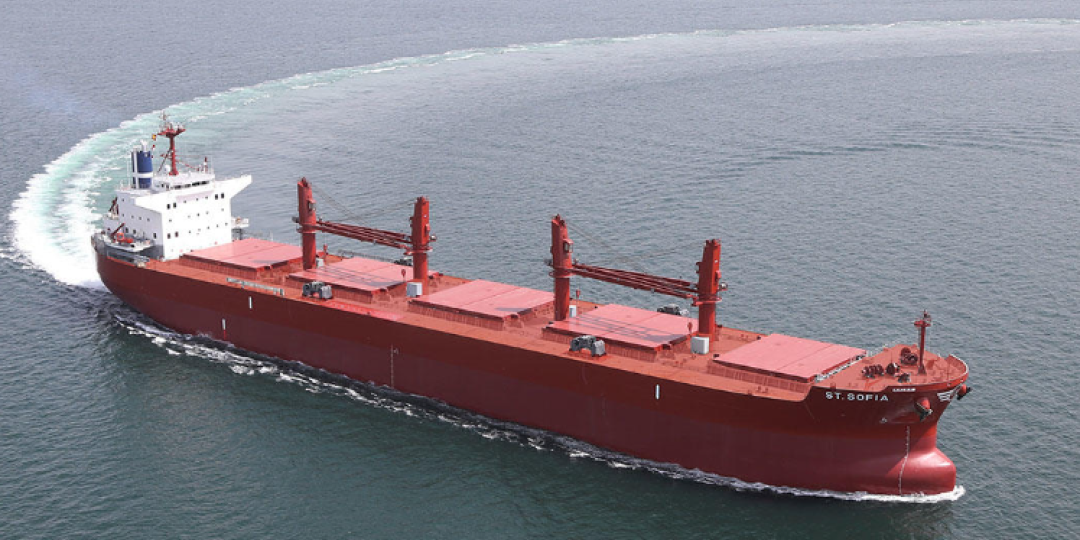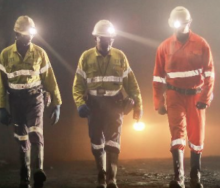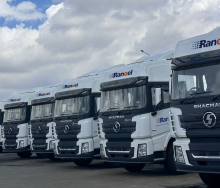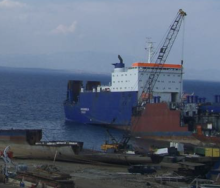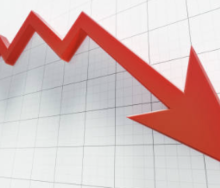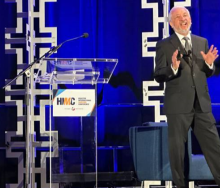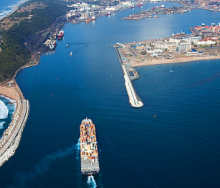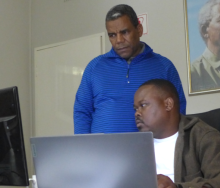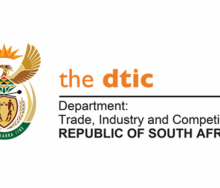Dry bulk shipping prospects for 2025 appear to be generally favourable, sector executives told the Maritime CEO Forum held in Singapore earlier this week.
More importantly, clever market positioning could even unlock quick profits, said some panellists.
John Michael Radziwill, CEO and chairman of C Transport Maritime, expressed confidence in a strong market next year, noting a 1.5% reduction in supply for the current fleet.
“There are also new regulations that should slow down the fleet. We are strong advocates of mandatory slow steaming. Additionally, the diversions around the Suez due to Houthi attacks, although dreadful, contribute to increased tonne-miles, making the supply side appear robust,” said Radziwill.
He added that the demand outlook was also promising, with the International Monetary Fund predicting global GDP growth of 3.3%.
Edward Buttery, CEO of Taylor Maritime Investments and Grindrod Shipping, joked about having sold 19 ships last year, making it odd to predict a strong 2025.
“That said, 2025 doesn’t look bad. We’re all fairly optimistic, especially as we’ve acquired inexpensive ships. Investment opportunities may rise as interest rates fall, but we need to keep an eye on capacity and yard supply,” said Buttery.
Peter Lye, global head of shipping at Anglo American, adopted a more cautious stance.
“We’re exercising caution across the board. I wouldn’t call it a firm market, but there’s room for optimism in 2025, though I don’t foresee significant changes next year.”
Lye added that the period from 2026 to 2028 could prove to be more "interesting".
When the conversation turned to the order book, moderator Elaine Yu from Australian mining and metals South32, pointed out that gas tankers and containerships had dominated recent orders.
Radziwill noted that while orders for LPG, LNG carriers, and containerships had increased by about 30%, dry bulk orders had declined by 50%.
“Every time shipyards come up with a new design, prices rise, and delivery times are pushed further. A conventional cape now costs $80 million, which is, frankly, inconceivable,” commented Stamatis Tsantanis, chairman and CEO of Seanergy Maritime Holdings and United Maritime Corporation.
The discussion soon shifted to the Red Sea, but Radziwill managed to find a silver lining.
“I’d be more on the lookout for a pink flamingo than a black swan,” he said.
“Conflicts, such as those currently happening, can drive infrastructural demand in affected regions, as war-torn areas will need rebuilding. I’m optimistic about that,” he said.
Radziwill also mentioned that the balance between supply and demand was quite delicate, with even minor shifts potentially pushing capesize earnings from $17 000 to $30 000 a day.
The debate then turned to alternative fuels. Tsantanis was quick to argue that there was no need for radical change, pointing out that existing ships could be significantly improved.
“You can upgrade 12- to 14-year-old vessels. Some of our ships have seen efficiency gains of 15%, even 25%, without exorbitant costs. We’re waiting for a proven, tested solution,” he said.
Radziwill added that, despite a 60% increase in the number of ships, the dry bulk sector was now transporting 40% more cargo than it did 12 years ago, while total emissions had decreased.
Buttery, on the other hand, noted that if cost was not a concern, he would opt for the most eco-friendly vessels available.
“There’s an argument that, even though a modern ultra in Japan costs $39 million, the fuel savings can offset that cost relatively quickly, aligning with long-term historical averages. But deep pockets and courage are needed for such an investment,” he concluded.
The next Maritime CEO Forum will take place at the Monaco Yacht Club on 22 October. – SOURCE: Asia Shipping Media
